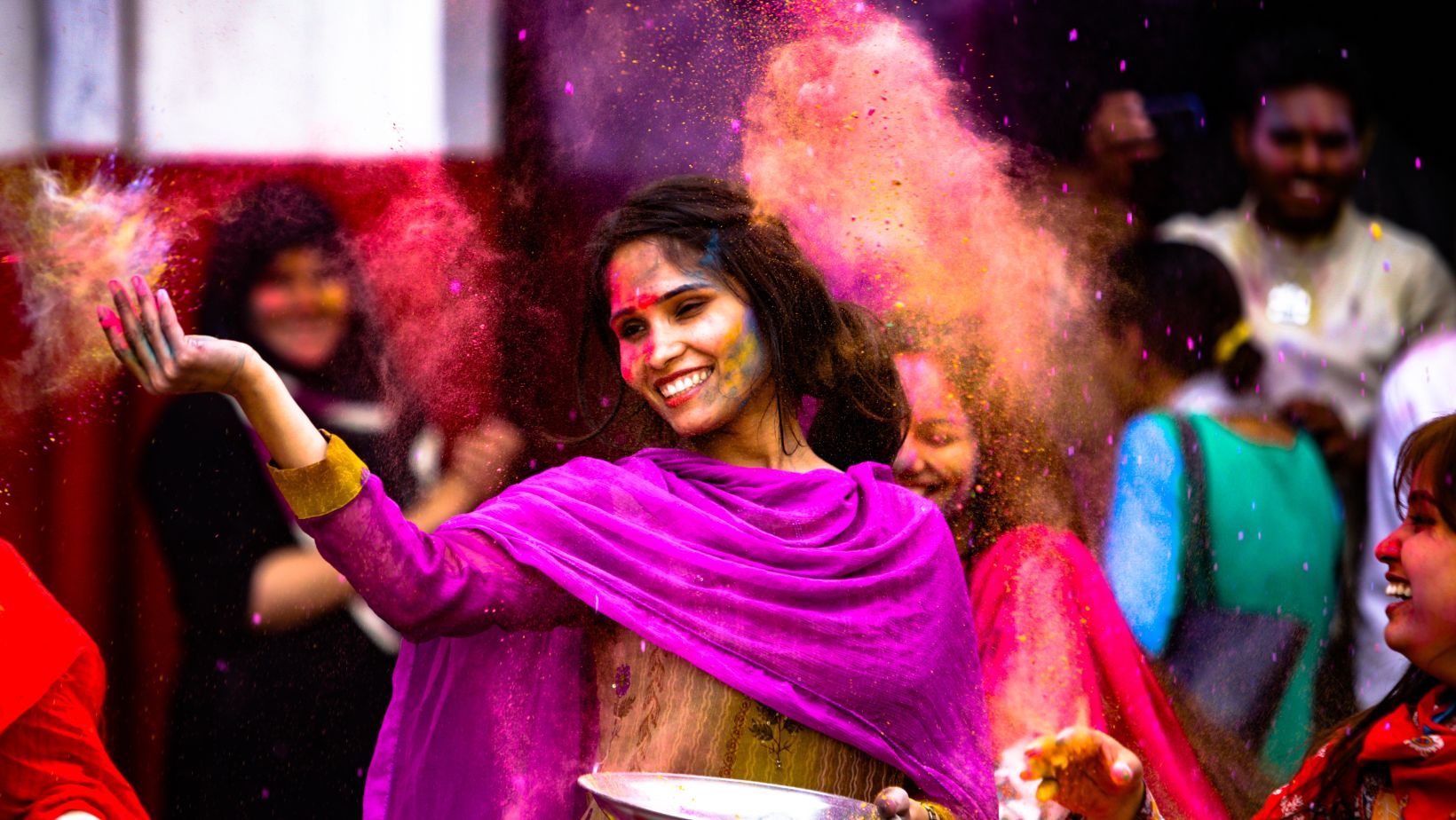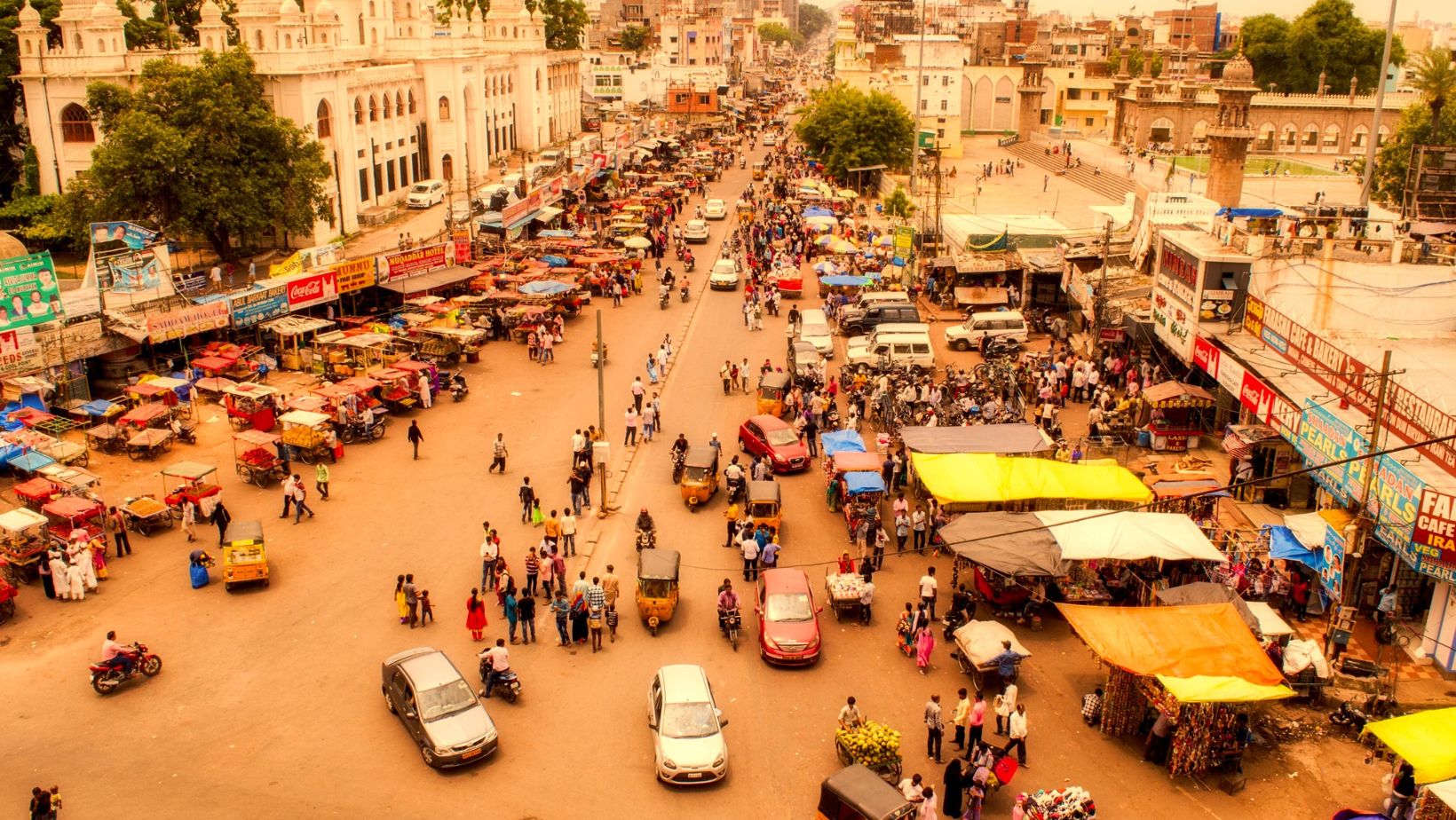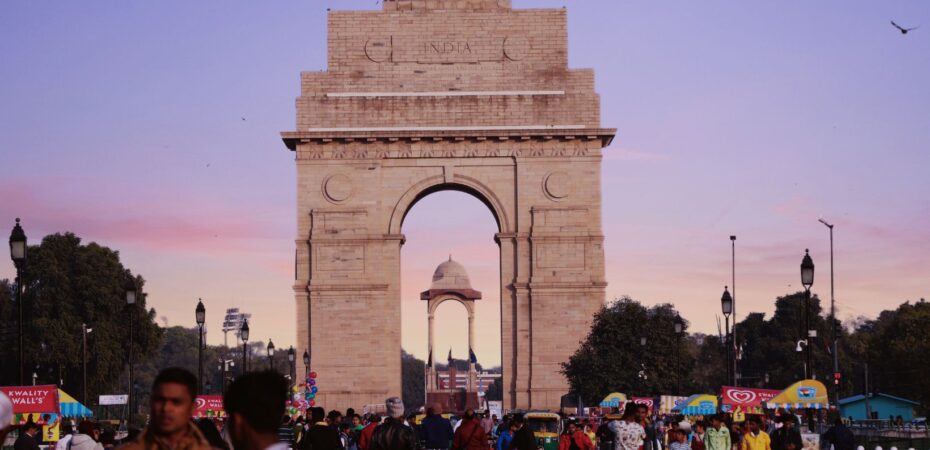India is a huge country at the heart of Asia and full of historical and cultural attractions. Get an India visit visa from Dubai and explore the richness of this country, from the snow-capped peaks and stunning beaches to its luxuriant palaces and historic temples. Before you leave for the India trip, there are a few things you need to know in advance for a more fulfilling and hassle-free experience.
1. Plan Your Trip Around the Seasons
The climate in India is quite diverse, so you need to plan your visit accordingly depending on the places you want to visit. The rainy months in most parts of the country are from June to September due to the southwest monsoon winds. This is usually the best time to visit the high-altitude deserts of Ladakh, although there is a risk of landslides and floods depending on the route you use.
The best time to visit South India is from October to May, though at times, the humidity and temperatures may rise to agonizing levels from March. If you are visiting India during spring, go trekking at the Himalayan foothills, as the temperatures are milder during this period.
2. Get Vaccinations Before Traveling
Contact a health expert at least eight weeks before your departure and get all the vaccinations required. The recommended vaccinations are the COVID-19 vaccine, yellow fever, hepatitis A &B, typhoid, polio, diphtheria, and tetanus.
3. Take Malaria Precautions
Consider taking anti-malaria tablets if traveling to parts of India with a high malaria risk, such as northeastern and eastern India and Mangalore.
4. Get Insurance
Get proper travel insurance that can cover any medical emergencies.

Keep the national emergency number, 112 or 100, in speed dial in case you feel insecure in any way. Contact a local police station if you experience any form of crime.
5. Make Early Reservations
India’s peak tourism season is from November to February, so it might be harder to get accommodation or access some attractions. It is therefore recommended to make early reservations to avoid last-minute scrambling and tarmacking. You can also make early bookings for train tickets for the popular routes. The good thing is that you can make online reservations from the verified sites.
6. Plan for a Local SIM Card
Any form of communication or booking tickets is easier if you have a local SIM card. Carry with you a mobile phone, or get one from India and go to a phone shop to get signed up for a local pay-as-you-go SIM card. To get a registered SIM card, you must produce copies of your passport ID pages and passport photos.
7. Check Your Lunar Calendars
The most popular festivals for Hinduism, Buddhism, Jainism, Islam, and other religions in India follow the Lunar calendar. The festivals fall on different dates from year to year, so you should check the actual festival dates for the festivals you want to attend.
8. Learn the Local Etiquette
In most Indian cities, English is the formal language, so you can get away with polite hellos, thank yous, and goodbyes. When you visit Northern India, however, learn to say ‘namaste’ with your hands together in a prayer-like gesture in front of your chest to mean’ greetings to you.’ When interacting with Muslims in north India, you can say ‘salaam Alaikum and when greeted, reply with, ‘Alaikum salaam.’
Shaking hands is mostly among men, and always use your right hand to show respect. When invited to someone’s home, please bring along a small gift and remove your shoes before entering the house.
9. Dress Modestly
Modesty is a serious issue in India, especially for women, and they are advised to wear loose-fitting clothing that covers the legs and arms. You can buy a kurta pajama, a traditional Indian garment, a long shirt, and loose trousers for men or a salwar kameez, a long shirt, loose trousers, and a scarf for women.
10. What to Eat and How to Eat it
Different religions in India have their dietary rules. Most Hindus avoid beef, and some Hindus and Buddhists are vegans or vegetarian, and Muslims avoid pork. Most Jains are vegetarians who avoid vegetables like onions, garlic, and potatoes.

Eating with hands is the norm in many restaurants, especially in southern India. Observe how the locals are doing it to blend in.
11. Bargaining is Not a Life-and-Death Situation
Bargaining for items in street stalls and open-air markets is normal in India. However, negotiating for prices may sometimes get frustrating, but you should never lose your temper. If you are not comfortable with a buyer’s price, move to the next stall. Many visitors do not bargain for items, especially artisans.
12. Respect Etiquette at Religious Centers
Religion is a serious affair in India and is highly regarded. You should know the rules and expectations when visiting mosques, temples, gurdwaras (Sikh shrines), monasteries, synagogues and churches. Confirm first if you are allowed to enter the religious center, as some do not allow people who do not follow the faith.
Obey all the instructions given to you when entering a religious center. For instance, when visiting a mosque, remember to remove your shoes at the door and cover your head with a scarf or shawl.
13. Street Harassment is Common
Unfortunately, harassment is quite common in some parts of India, especially for women. Common harassment encountered includes long, unwelcome stares, persistent attempts to start a conversation, and groping, particularly during festivals.
Be vigilant and cautious everywhere, and avoid getting into taxis with anyone other than the driver. Do not walk along in dingy areas, especially at night, and refrain from accepting food and drinks from strangers. If you are being harassed, draw loud attention to the intrusion to scare away the abuser and encourage people to come to your aid.


 By
By 




